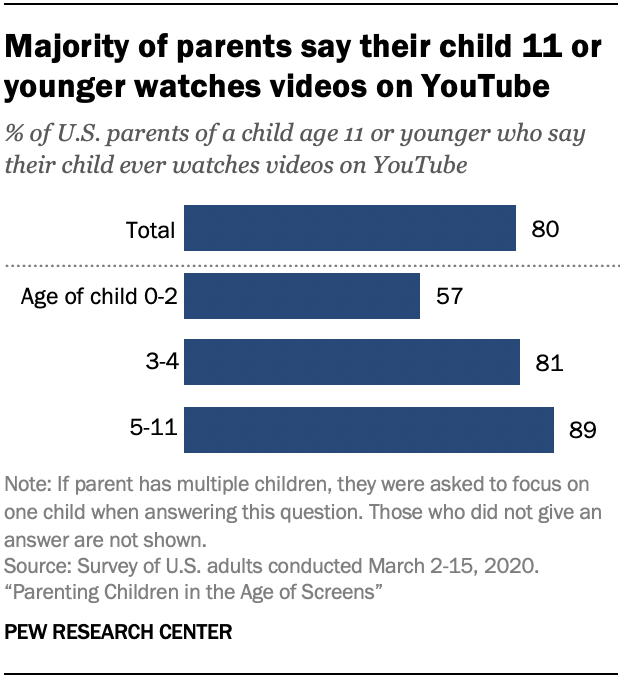Part
01
of one
Part
01
Parent Coaching Subscription: Willingness to Spend
Key Takeaways
- According to Statista, around 40.3% of parents mentioned that in-app purchases is around $10 monthly. Also, around 8.2% of parents reported that their kids had paid over $100 for in-app purchases.
- According to Statista, around 40.3% of parents mentioned that in-app purchases is around $10 monthly.
- Also, around 8.2% of parents reported that their kids had paid over $100 for in-app purchases.
Introduction
The research brief below provided some insights surrounding the spending of parents in the U.S. on parenting or kids apps. We provided some insights on the parents' and kids' app choices and some statistics on amount spending. However, we were not able to find an all-encompassing report that provided the overall average on the amount spent on popular parenting or kids apps. We then provided some related general findings and helpful insights on this topic.
Most Popular Children/Parenting Apps
According to the Market Watch market research report, the leading companies that offer children's apps are the following: 3DAL LLC, Duolingo, ColorSnap, PBS Kids Games, Memrise, Minecraft, FluentU, Pou, Studycat, and Snake vs.Block.
- Meanwhile, a panel of parents, teachers, and experts from the PARENTS site voted the following as their choice of apps:
- GEOGRAPHY AND NATURE
- Best for Animal Learning: Peekaboo Barn
- Best for Marine Life: MarcoPolo Ocean
- Best for Nature: Seek by iNaturalist
- Best for U.S. Geography: Stack the States
- Best for World Geography: Barefoot World Atlas
- STEM LEARNING
- Best for Coding: ScratchJr
- Best for Engineering: Play and Learn Engineering
- Best for Math: Kahoot! DragonBox Numbers
- Best for Music: Mazaam – The Musical Genius
- READING AND WRITING
- Best for Creative Writing: Write About This
- Best for E-Books: Epic – Kids' Books & Reading
- Best for Penmanship: Writing Wizard
- Best for Phonics: Teach Your Monster to Read
- Best for Reading Aloud: Read-Along by Google
- PUZZLES
- Best for Coding Puzzles: Thinkrolls Play & Code
- Best for Crossword Puzzles: Montessori Crosswords
- Best for Logic Puzzles: Winky Think Logic Puzzles
- Best for Shape Puzzles: Busy Shapes
- SOCIAL SKILLS
- Best for Social-Emotional Games: PBS Kids Games
- Best for Social-Emotional Learning: Daniel Tiger's Grr-ific Feelings
- Best for Videos: BrainPOP Jr. Movie of the Week
- Meanwhile, the following children's are considered in an SLA report as some of the most popular due to the number of downloads and other metrics:
- MentalUp: 500,000 new users, 40 million games accessed, and traffic growth of 500%.
- Disney+: 22 million downloads
- YouTube Kids: 9 out of every 10 minutes of streaming is being done on this platform
- Meanwhile, around 89% of parents with 5 to 11-year-old kids reported that their kids view videos on YouTube.
- Meanwhile, Mobile action listed the following parenting/kids apps as the top five ones under the free and the paid categories:
Free:
Paid:
- DairyBar: $1.99
- Baby Monitor 3G: $5.99
- HiDaddy: $2.99
- Free to Feed: $3.99
- Moms on Call Scheduler: $3.00
Lovevery and Peanut Up Analysis
The Lovevery app provides an early learning education that involves stage-based play basics for kids and multi-media content for their parents. The company is well-known for its Play Kits system, an award-winning subscription app.
- https://chanzuckerberg.com/newsroom/lovevery-launches-mobile-app-with-resources-for-parents-and-caregivPlay Kits system has more than 220,000 active subscribers. The company has also received more than one million Play Kits orders in the past year.
- https://lovevery.com/products/the-play-kits
- The Play Kit costs $120.
- Peanut App
- https://apps.apple.com/us/app/peanut-find-friends-support/id1178656034
- The Peanut app provides a platform that allows women to connect with each other in all "stages of their womanhood."
- Around 2 million women have already subscribed to the app to interact with each other, pose questions, and ask for support.
- https://www.peanut-app.io/faqs
- There is no cost to use and download the app.
App Spending
- According to Statista, around 40.3% of parents mentioned that in-app purchases is around $10 monthly. Also, around 8.2% of parents reported that their kids had paid over $100 for in-app purchases.
- The image below shows the in-app spending for kids' app purchases in the U.S.:
Other Helpful Findings
- Globally, the children's app market size was around $80 billion in 2019.
Research Strategy
For this research on the requested insights about the spending of parents in the US on parenting/kids apps, we leveraged the most reputable sources in the public domain such as
market research reports (Market Watch, IBIS World, etc.), app analysis sites (App Annie, Sensor Tower, Mobile Action, etc.), parents or children-oriented websites (Parents, PTA, etc.), and other related sources. We focused also on children's apps that were mostly geared to 0 to 18-year-olds. We then found some insights on the topic. However, we were not able to find an all-encompassing report that provided the overall average on the amount spent on popular parenting or kids apps. We tried to extrapolate from available global statistics but the data sets were hidden behind a paywall. We also looked through the data of each popular app but the available figures were not enough to triangulate the requested data sets. We then provided some related general findings and helpful insights on this topic.

